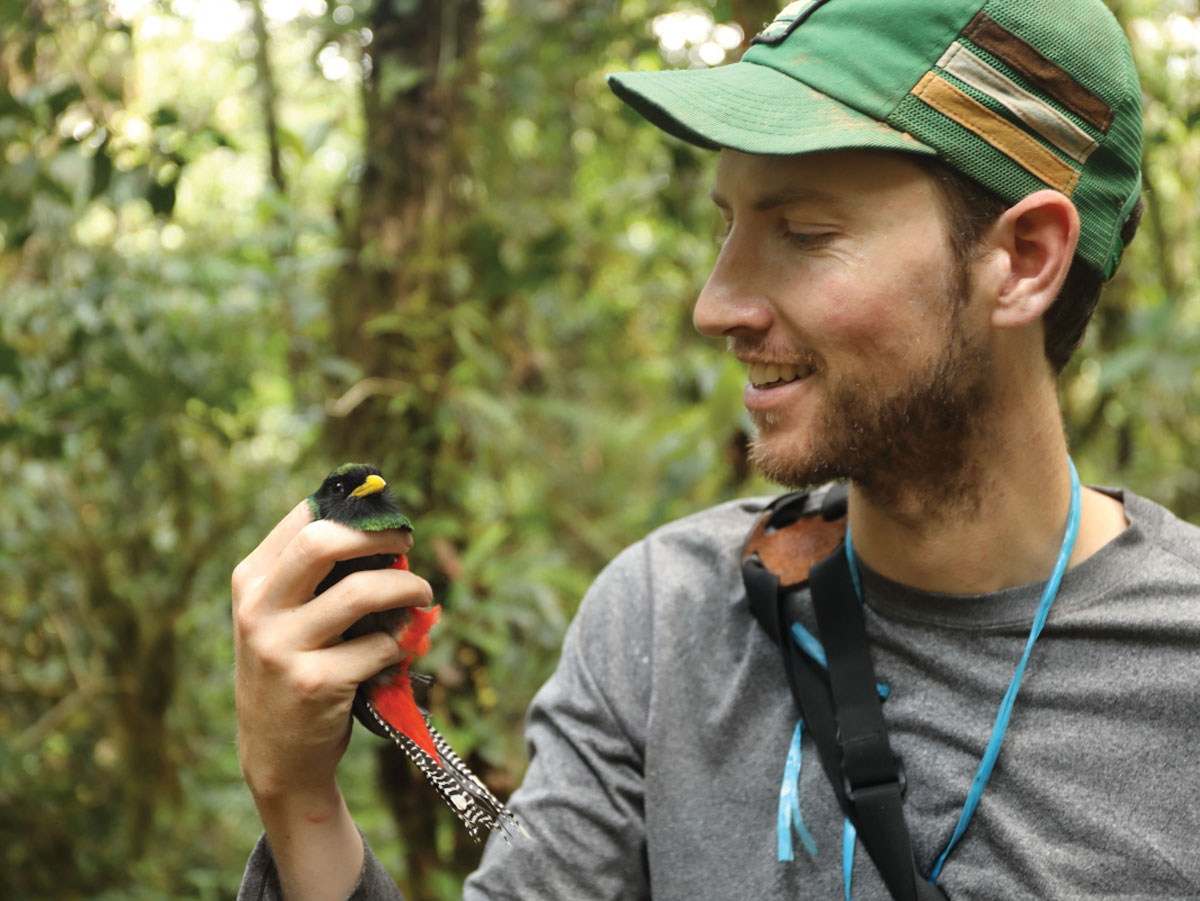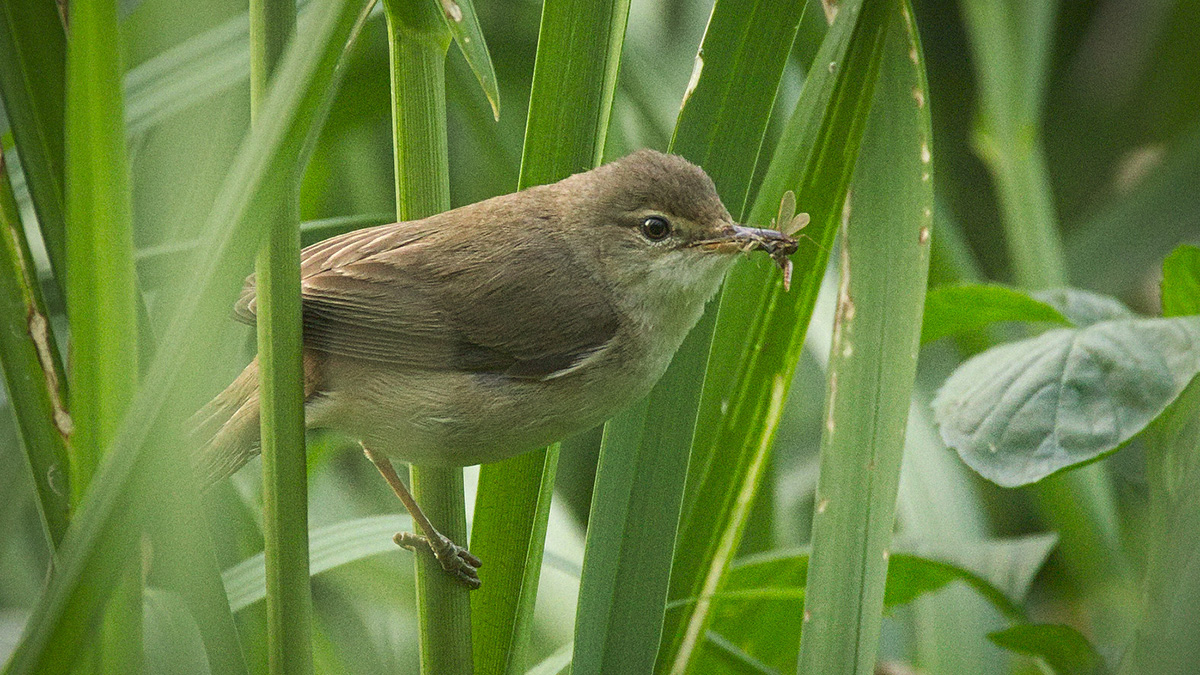The plant-based nitrogen eaten by ostriches and stored in their eggshells was measured by researchers 20,000 years later.
birds
Solar Storms May Scramble Signals for Migratory Birds
Birds use Earth’s magnetic field to migrate, but severe space weather may interfere with navigation and reduce the number of birds in the sky.
Bird Biodiversity Reports Reflect Cities’ Redlined Past
The lack of bird records in formerly redlined areas creates an inaccurate picture of urban biodiversity, leading to gaps in conservation efforts.
Radar Tracks Unfortunate Creatures Trapped in Tropical Cyclones
Cyclones can sweep up birds and insects and transport them great distances.
Harpy Eagles Concentrate Precious Nutrients in the Amazon
Amazon soils are usually low in the nutrients that plants covet, but harpy eagles can create local hot spots with their poop and prey.
Climate Extremes Threaten California’s Central Valley Songbirds
A “nestbox highway” in California’s Central Valley is guiding songbirds to safe nesting sites and giving scientists a peek at fledgling success in a changing climate.
Missouri River Floodplain Expansion, Services, and Resiliency
Benefits might accrue for both wildlife and climate resiliency if more floodplains along the lower Missouri River were allowed to flood.
Benjamin Freeman: Slowing Birds’ “Escalator to Extinction”
From Bolivia to Peru, Freeman researches how a warming world affects tropical birds.
Magnetic Stop Signs Show Birds the Way Home
Just like salmon and sea turtles, these songbirds appear to be sensitive to shifts in the magnetic field.










